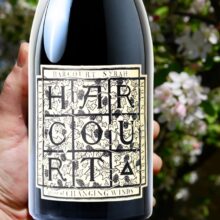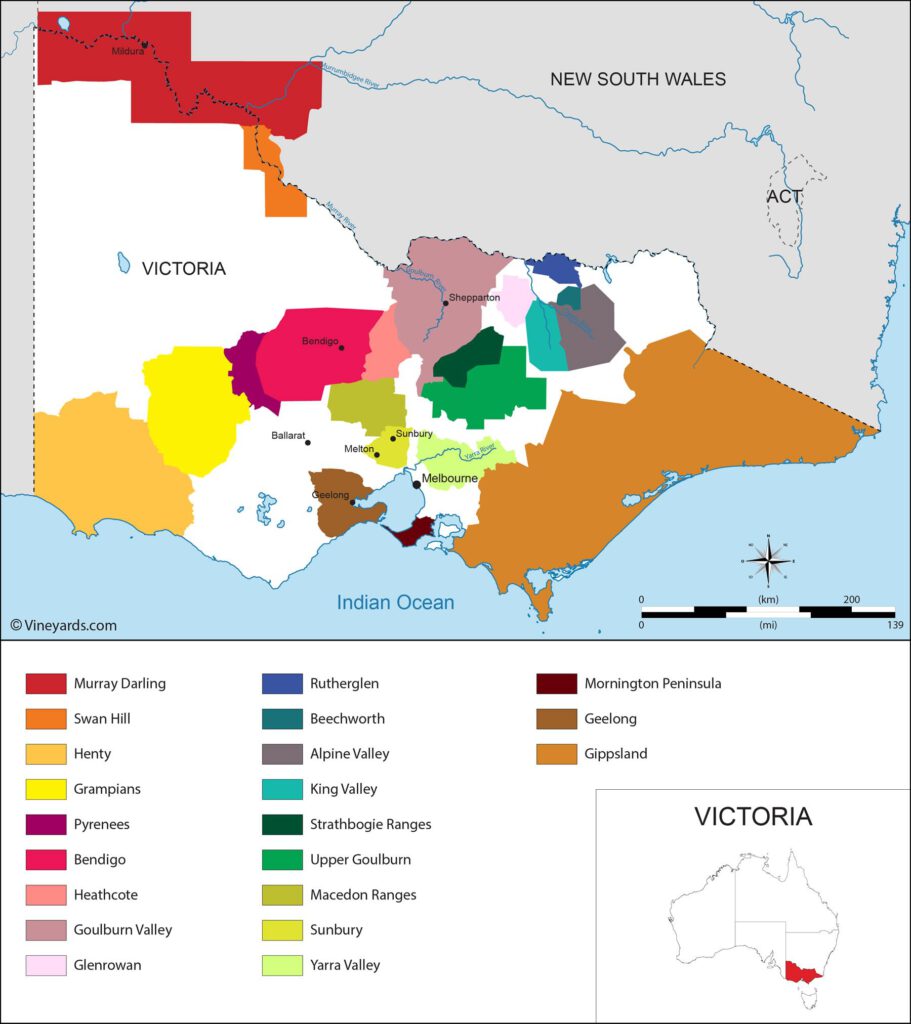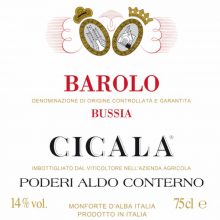
Product information
Place of Changing Winds ‘Harcourt’ Syrah 2022
$61
Description
Liking the secondary nature of the flavour and aroma profile. Textural with a nice edge of grip that adds intrigue and a thirst-quenching nature to the wines. Earthy with a darkness. Still tightly coiled, it’s a wine that will reveal much more with a couple of days open in bottle. Beautiful perfume violets and blue / red fruits with a little graphite. Fun piss.
“Highly perfumed, red berries, some cranberry zestiness, wild scree and herbs in a pepper-meets-alpine greenery kind of whiff, some aniseed, touch of clove. It sits at medium weight, slinks along all pretty within a web of lacy, talc-like tannin and finishes with lightly puckering dryness. Almost dart-shaped and feels good for it. Flavours match the bouquet, per se. It’s delicious, fine and right.”
MB 93 Points JH 96
In stock








You must be logged in to post a comment.